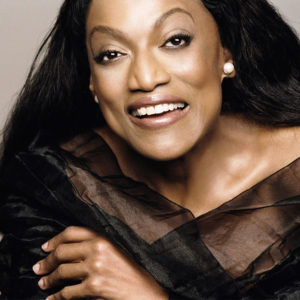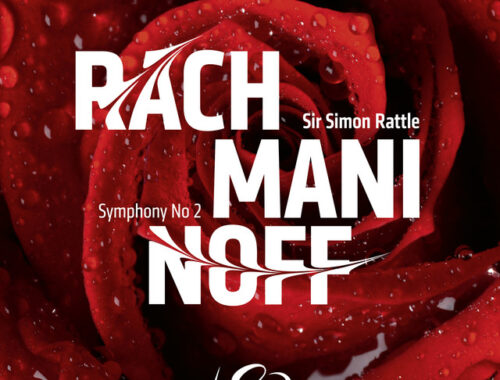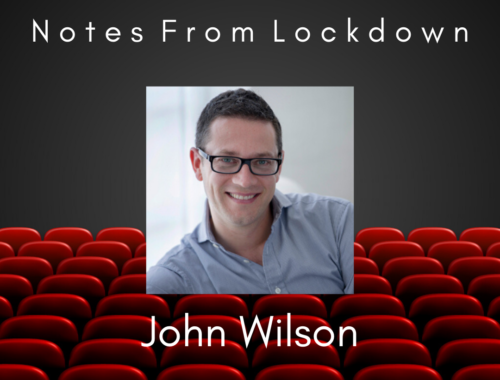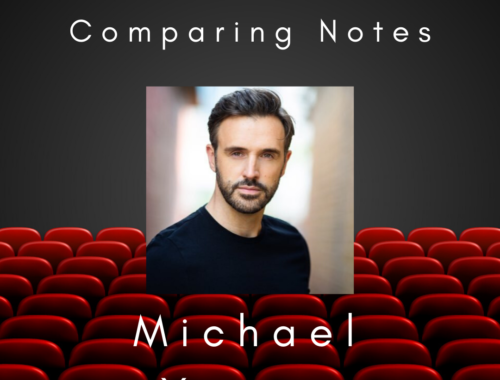GRAMOPHONE: From Where I Sit – November 2019
 I need to say a few things about Jessye Norman – gone but never forgotten, her majestic voice for the ages forever enshrined for posterity in countless recordings, her aura somehow immortal. I saw her perform many times, I sat in on recording sessions, I exchanged opinions – sometimes candidly – in one or two memorable interviews. She always addressed me as Mr Seckerson, she always made an entrance. I especially remember visiting her tiny house in Halkin Mews, Belgravia, hearing that immaculate speaking voice of honey and molasses – distinctive even through the tinny entry-phone – and entering an empty ground floor to await her arrival down a central spiral staircase. She arrived immaculately attired, replete with turban, a galleon in full sail. It was a Norma Desmond moment. She was definitely ready for her close-up.
I need to say a few things about Jessye Norman – gone but never forgotten, her majestic voice for the ages forever enshrined for posterity in countless recordings, her aura somehow immortal. I saw her perform many times, I sat in on recording sessions, I exchanged opinions – sometimes candidly – in one or two memorable interviews. She always addressed me as Mr Seckerson, she always made an entrance. I especially remember visiting her tiny house in Halkin Mews, Belgravia, hearing that immaculate speaking voice of honey and molasses – distinctive even through the tinny entry-phone – and entering an empty ground floor to await her arrival down a central spiral staircase. She arrived immaculately attired, replete with turban, a galleon in full sail. It was a Norma Desmond moment. She was definitely ready for her close-up.
Norman was intimidating but charming. Serious questions would get serious answers. Music was a serious matter. But she could be playful, too. Her generous laugh would rock the neighbourhood. I remember her scrutinising the tape recorder I placed between us at that interview in London and asking: ‘Is this the same machine?’ Simon Rattle had told her the story of my being mugged in a friend’s apartment in Los Angeles and how the burglar had heeded my plea not to take the recorder. It contained a taped interview with Renata Scotto. If ever there was a breaking-the-ice moment that was it. We got on famously.
That her voice was one in a million is undeniable: the amplitude, the sheer girth and mellifluous of the sound throughout the range. I always believed that Jessye Norman was fundamentally a mezzo but with a reach which opened her up to the soprano repertoire and gave us so much more to remember her by. Her enunciation and projection of words (especially in Lieder) could be more than a little ‘arch’. She was inescapably ‘grand’ whatever she sang. And she should never have ventured into popular song and Jazz. She could never be that colloquial. My scathing review, in this very magazine, of her 2012 Berlin Jazz concert has attained some notoriety.
But back to the vocal wonders she wove in a composer like Richard Strauss. Her famous account of Four Last Songs (with Kurt Masur) is, whatever your interpretative inclinations in the piece, unrivalled in opulence and splendour, ‘Im Abendrot’ majestically slow, positively eternal. Or her Ariadne in Strauss’ Ariadne auf Naxos – essentially playing herself, diva and goddess. And who can ever forget her concerts of the Immolation Scene from Wagner’s Gotterdammerung or better yet Isolde’s Liebestod with Karajan – god and goddess conjoined.
But that brings me to the one aspect of her talent that cannot easily be put into words. I’ll try. Her magnificent pride in who she was. Her regality, her bearing, her presence. She was a star in every sense of the word; she encouraged, indeed positively demanded, the adoration she received from her public. When she was on stage – even before a note was sounded – she transformed the atmosphere, she changed the way the air moved in the room. To this day I can see and hear her slowly rise to address the ‘Ürlicht’ in Mahler’s Second Symphony, Claudio Abbado on the podium. Requiescat.
You May Also Like

GRAMOPHONE: From Where I Sit – June 2021
18/06/2021
NOTES FROM LOCKDOWN: John Wilson in Conversation
19/05/2020

